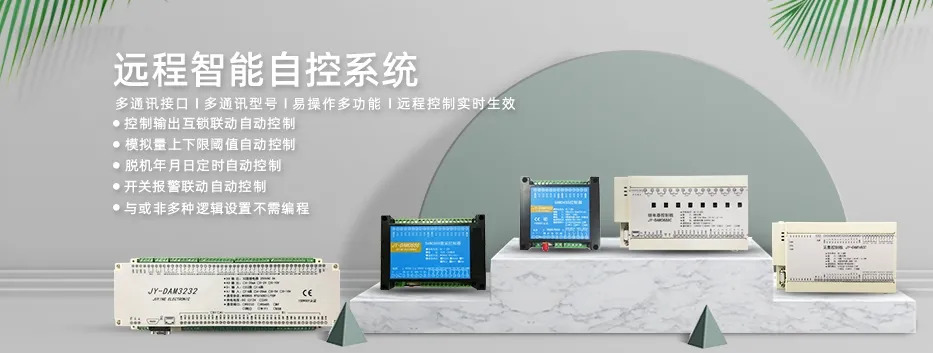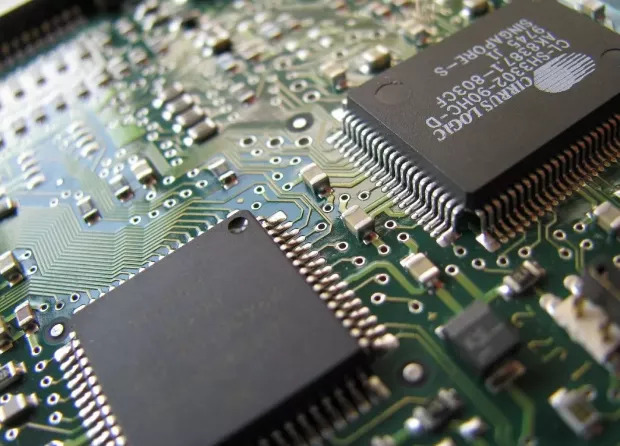Referring to the key technologies in the field of Internet of things, the most popular technologies in the industry are Internet of things, cloud computing, big data technology, WiFi, ZigBee, zwave, Bluetooth and other wireless technologies, which are also well-known technologies in the Internet of things circle. Today, I won't bite the "old bone" and tell you what new technologies in the field of Internet of things are worth looking forward to.
New technology I: 5g

As we all know, the data transmission of smart appliances and intelligent security in the Internet of things needs a stable and fast communication network. As a popular communication technology at present, 5g has the most important advantage of "fast". The theoretical value can reach 20GB per second, which can carry more device connections and transmit more traffic.
5g technology can enable more devices to achieve faster and more stable access
At the same time, 5g network has lower delay and faster buffer speed, which is very important for intelligent devices that need a variety of different devices to be interconnected. It can greatly improve the response speed of traditional devices and enable more Internet of things devices to achieve faster and more stable access.
New technology 2: edge computing

Edge computing can process and analyze data in real time or faster, making data processing closer to the source rather than external data. With the increase in the number of intelligent devices and networking devices, data generation continues to grow at a record rate, which will make the network bandwidth more limited, overwhelm the cloud, and lead to greater data bottlenecks. Using edge computing can reduce network traffic.
Edge computing provides real-time, dynamic and intelligent service computing for end users
Unlike cloud computing, which needs to be processed in the cloud, edge computing can push intelligence and computing closer to practical action. It can provide real-time, dynamic and intelligent service computing for end users. Based on such computing advantages, edge computing can provide key technologies such as fast connection, real-time business, data optimization, application intelligence, security and privacy protection between IOT devices.
Juying cloud platform series equipment fully uses edge computing technology to perfectly realize the interconnection of things. On the basis of manual control, edge computing technology is used to realize intelligent automatic control of the equipment. The operation state of the linked equipment is controlled through the collected switching analog quantity, which greatly saves human and material resources.

Juying intelligent edge computing automatic control series equipment, click the above figure for details ↑ ↑
New technology 3: light voice interaction technology
With the emergence of lightweight intelligent control system, a simple, practical and lightweight "light" smart home began to be favored by the market. Light life technology and the light voice interaction technology launched by light life technology are committed to promoting the application of intelligent voice recognition and control technology in smart home.

It is understood that smart core, a new generation of light voice interaction technology independently developed by light life technology based on the advantages of voice recognition control technology, uses front-end processing technologies such as voice training, noise reduction and echo cancellation to recognize and execute the corresponding instruction content through simple speech. Using light voice interaction technology and related offline voice recognition module and voice recognition scheme, all devices in the user's home, such as air conditioner, fan and TV, can become intelligent. These devices can quickly recognize the user's password and execute the corresponding command content. At the same time, the interconnection between smart home devices can be realized without networking, WiFi and app downloading.

 Manager Wang
Manager Wang
 OfficialAccounts
OfficialAccounts